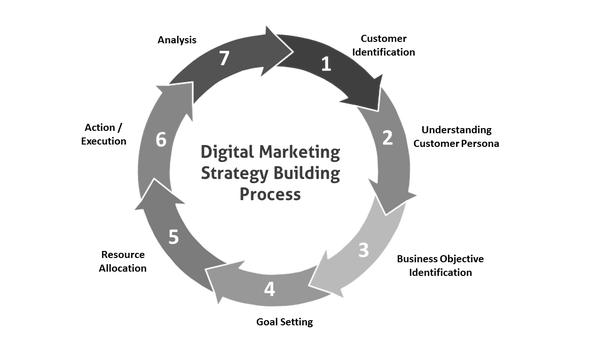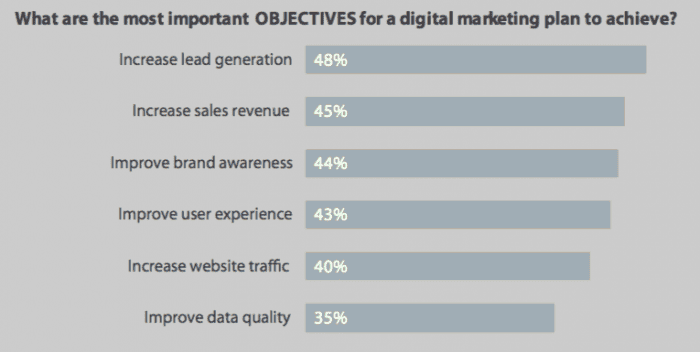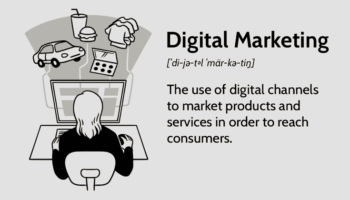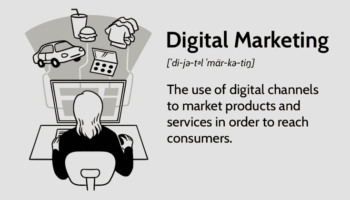One of the first things to consider is what you’re trying to accomplish. If your goal is to increase brand awareness, this can lead to increased sales. However, without a specific objective, it’s hard to measure the progress of your marketing efforts. One way to measure this is by looking at the number of organic searches for your brand name. This can be challenging, especially for companies that have been around for a long time.
SMART objectives are specific and measurable
When developing your online marketing strategy, you should consider setting SMART goals. These goals will help you to focus your efforts and achieve a larger purpose. For example, you could set a goal to generate 40 new leads by the end of October. Ideally, these leads will be converted into customers.
SMART goals are measurable and specific. A common mistake made by companies is to create plans that are generic and vague. These non-specific goals are challenging to measure. Therefore, you should set specific and measurable goals that will help you measure your progress. Besides, they should be relevant to your business.

SMART goals help you track your progress and make the right decisions regarding your marketing strategy. For instance, you need to increase your landing page conversion rate if you want more traffic. Another objective is to raise brand awareness. Another example is to improve your online reach by 25%.
In addition to being specific and measurable, SMART goals are also attainable. Having goals that are too hard to meet is one of the biggest mistakes in marketing. You may fail your team or yourself if you don’t reach them. SMART goals raise the bar but aren’t too high to make you feel overwhelmed. Besides, they will help you create a plan of action and a step-by-step process to reach your goal. Furthermore, they will help your team understand how to achieve the goal.
SMART goals can be applied in many areas of business. For example, if you sell roller skates, you could set a goal to increase sales by four percent over the next six months. This is a worthy goal and has a high probability of being achieved. You can even use the SMART framework for other areas of your business, such as improving the collection of accounts and expanding employee skills.

They are related to building a brand.
Marketing objectives vary depending on the industry, target market, and company’s overarching goal. However, a common purpose is building brand awareness. Without this awareness, people will not be able to buy products and services from your company. Consequently, building brand awareness is a crucial part of a marketing strategy.
Choosing your marketing objectives is crucial in determining whether your business will succeed or fail. A dream doesn’t just mean, “I want to make this happen.” A clear vision and goals are essential to maximizing your results. In addition, a clearly defined mission statement is necessary to maintain your company’s focus.
Setting digital marketing objectives aims to help your business grow and improve. Setting time-bound goals are essential because they help track your results and benchmark your efforts. Setting goals allows you to evaluate your progress and make the proper adjustments to future strategies. For example, if you’re working on building a brand, you should set your marketing objectives for a specific period.

They are time-based
SMART goals are time-based objectives that have specific outcomes. These goals are measurable, definable, and meaningful. They help marketers measure results and benchmark the performance of future strategies. Time-based objectives also help overcome procrastination and provide a clear sense of progress.
Using time-based goals makes tracking the success of digital marketing efforts easier. Instead of attracting 30 new customers in one month, a real estate agent can set an objective of increasing web traffic for prospective home buyers. A business that sells dresses online can set time-based goals to attract women.
They are measurable
Marketing objectives are measurable, specific goals used to guide your marketing efforts toward your business goals. They should be short-term and provide quantifiable actions that the team can work toward. For example, if you’re a SaaS company, you may want to reach 25,000 signups in the next six months. You might also want to set short-term SEO and content marketing objectives, which may take some time to see results.
To create a successful online marketing strategy, you must set specific, measurable objectives for each step. For example, you may want to increase traffic to your website by 25%. To measure your progress, you can compare your current traffic to your target traffic. In addition, you should make sure that your goals are based on realistic timeframes and resources.
Using web analytics tools such as Google Analytics, Hubspot website tools, and Google Analytics, you can see how your website is performing and whether it is meeting your goals. You can also measure your market share, which is a percentage of the market that your brand controls. Knowing how much of the market your brand controls will give you a better idea of how to expand your business.
You can also determine the success of your digital marketing campaigns by setting KPIs. KPIs will measure whether your marketing efforts are driving revenue for your business. Some digital marketing strategies, such as social media marketing, may be challenging to measure, but it’s important to set measurable and realistic goals.






